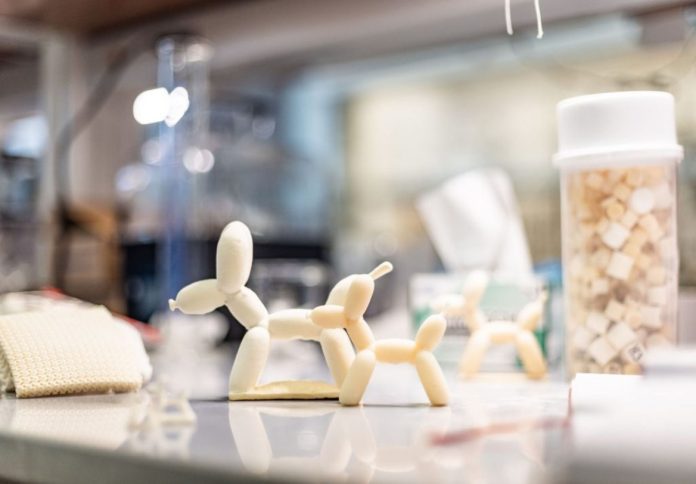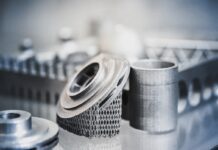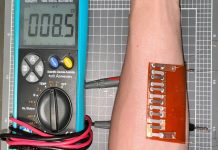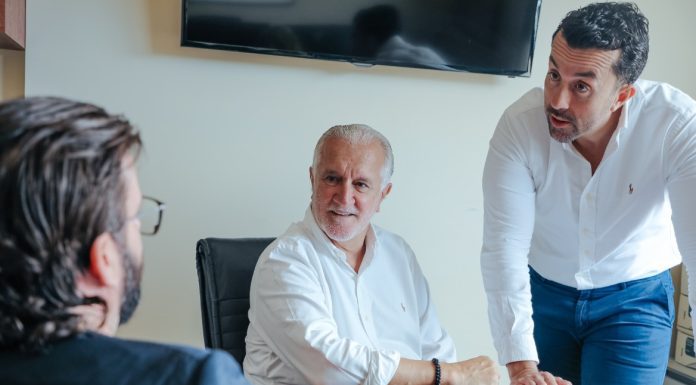
Researchers at The University of Texas at Dallas (UT Dallas) have developed a novel 3D-printed foam material that is designed to be more durable and recyclable than conventional polymer foams used in products such as cushions, insulation, and mattresses.
The study, published in the 1 March print edition of RSC Applied Polymers, a journal of the Royal Society of Chemistry, explores the potential of combining chemical innovation with 3D-printing technology to create lightweight foam structures with enhanced physical properties.
The research team aimed to address the current limitations in 3D printing of polymer foams, which are typically manufactured through molding processes that limit design complexity and recyclability, the university said in a news release.
“This is probably the longest project I’ve ever done,” said Rebecca Johnson, a UT Dallas chemistry doctoral student and co-lead author of the study.
“From start to finish, it was a little over two years. A lot of it was trying to get the polymer formulation correct to be compatible with the 3D printer.”
According to UT Dallas, developing new materials for 3D printing remains a challenge due to the need for precise compatibility with printing systems.
However, the research team successfully demonstrated a proof-of-concept by producing foam in the shape of a balloon dog, illustrating the technology’s potential for customised and intricate shapes.
Dr Ron Smaldone, associate professor of chemistry and biochemistry at UT Dallas and the study’s corresponding author, said the project focused on expanding the capabilities of 3D-printable foams, particularly for applications involving insulation and shock absorption.
“One of the main uses, or interests, for 3D-printable foams is insulation and shock absorption,” Smaldone said, noting that such materials could eventually be used in products such as helmets, car bumpers, or protective armor.
The foam developed by the UT Dallas team incorporates dynamic covalent chemistry, which enables the material to repair itself when damaged.
While the foam cannot be completely melted and reshaped like traditional plastics, these reversible chemical bonds offer an advantage over conventional thermoset foams, which are not recyclable and often end up in landfills.
“We’re certainly not the only ones trying to do this,” Smaldone said. “The novelty is using dynamic chemistry to print really great foam material. The next question to address will be, how do we tune the properties and use this new kind of knowledge to fit a variety of different needs?”
The study’s other co-lead author, chemistry doctoral student Ariel Tolfree, collaborated with Johnson after studying related work in the field.
Tolfree said she plans to further explore the foam’s sustainability features and recyclability. “A balloon seems ordinary until it’s twisted into something new, almost defying expectations. Our foams are the same — unassuming at first, but once expanded and transformed, they become something remarkable,” she said.
Additional contributors from UT Dallas include mechanical engineering doctoral student Gustavo Felicio Perruci; chemistry doctoral students Lyndsay Ayers and Niyati Arora; chemistry senior Emma Liu; Vijayalakshmi Ganesh; and Dr Hongbing Lu, professor of mechanical engineering and the Louis Beecherl Jr. Chair in the Erik Jonsson School of Engineering and Computer Science.
The research was supported by The Welch Foundation, the National Science Foundation, and the US Department of Energy.



















